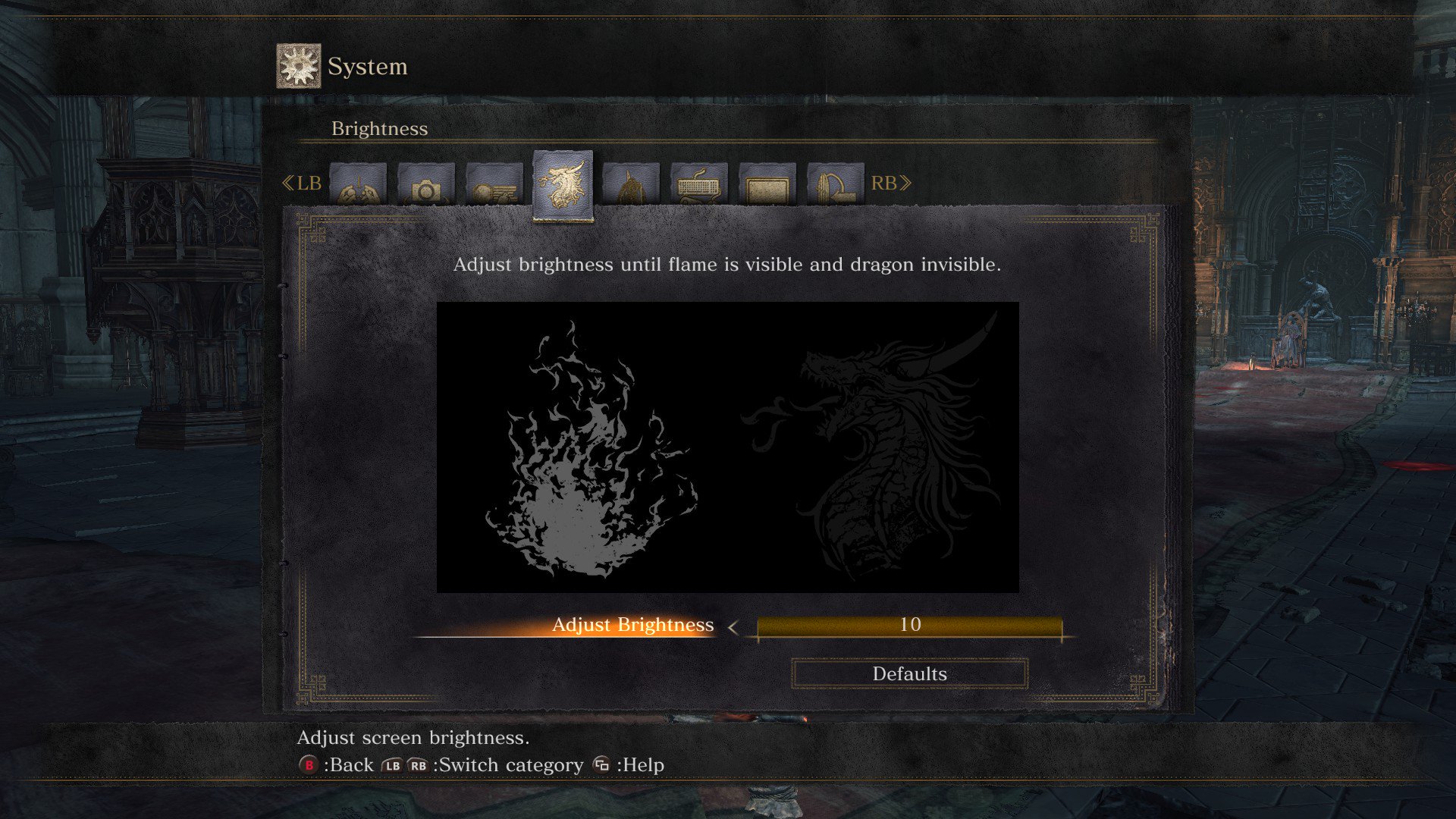SeeNoWeevil
Newcomer

Why suggest just-above-black should be invisible? The majority of screens will suggest a particular portion is 'barely visible', which makes sense - but I've seen a few now like this. Using Full video levels you'd never want just above black to be invisible. The only explanation I can think of is they're encoded with black-than-black using Video levels, and then converted wrongly to Full. Or am I missing something?
